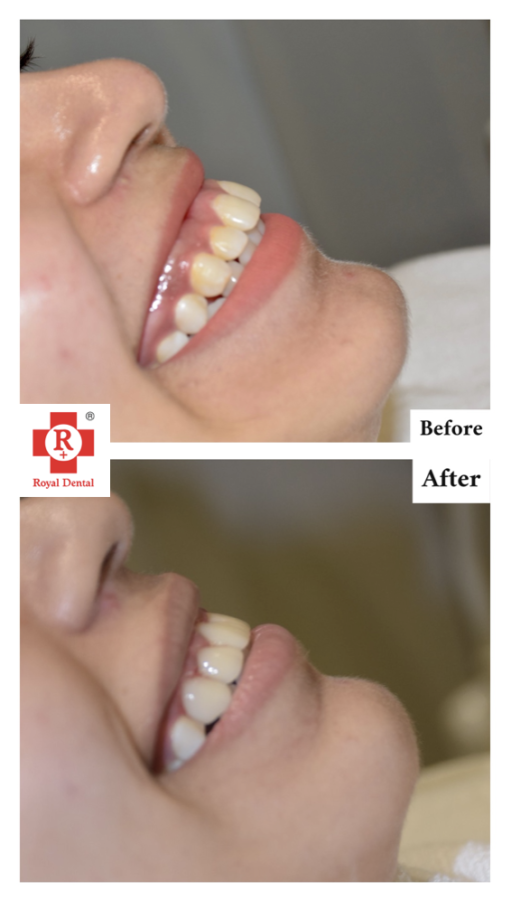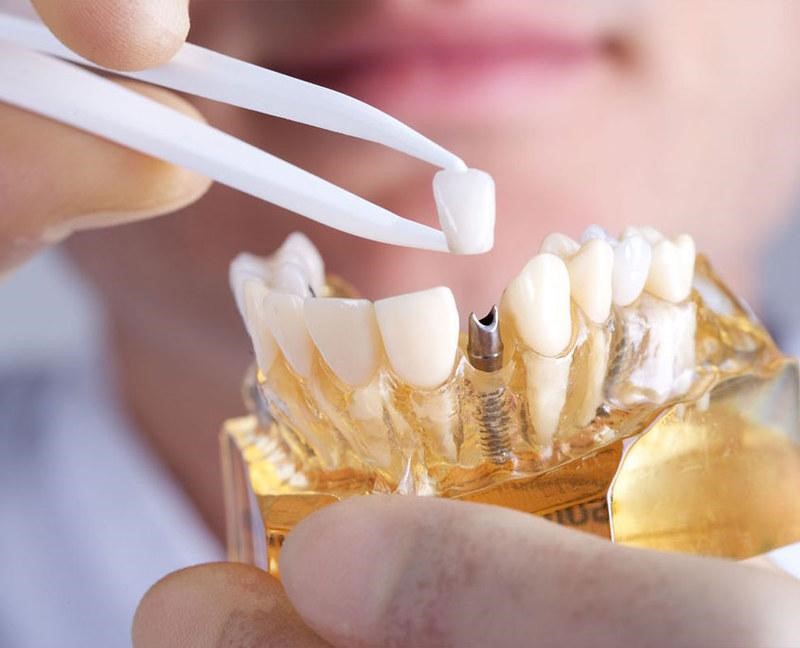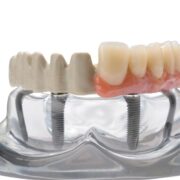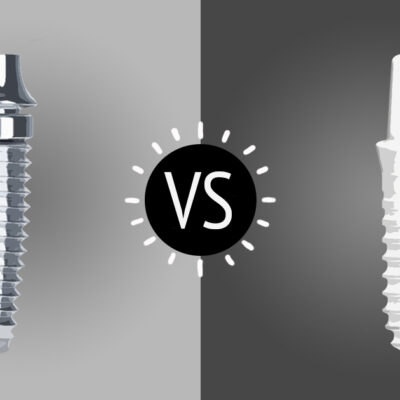Crown lengthening is a procedure that’s used to correct problems with tooth length. It can be used to correct issues such as gingival exposure, where the patient’s gums are receding and exposing the root of their teeth so they appear to be longer than they actually are. Crown lengthening involves cutting away the enamel on a tooth, exposing the dentin beneath it, and then adding a new layer of enamel over it. This makes the tooth appear shorter but has no effect on its function or strength. The dentist will often conduct a case analysis before proceeding with treatment so that they can reduce any risks from performing crown lengthening; however, this may not always be possible because of time constraints or patient risk factors. Cosmetic dentistry involves dental crown lengthening is and its pros and cons.
What is crown lengthening?
Crown lengthening is a cosmetic procedure that shortens the length of a patient’s teeth. It’s often used to correct issues such as gingival exposure, where the patient’s gums are receding and exposing the root of their teeth so they appear to be longer than they actually are. Over time, enamel (the hard outer layer of a tooth) tends to wear away, and the underlying dentin (the softer inner layer) becomes more exposed.

This can make teeth appear longer, as the gums retract further away from the teeth. There are several ways of correcting this, and one of them is through crown lengthening. Crown lengthening involves cutting away the enamel on a tooth, exposing the dentin beneath it, and then adding a new layer of enamel over it.
This makes the tooth appear shorter but has no effect on its function or strength. The dentist will often conduct a case analysis before proceeding with treatment so that they can reduce any risks from performing crown lengthening; however, this may not always be possible because of time constraints or patient risk factors.
How is crown lengthening performed?
As with most dental procedures, there are different ways of performing crown lengthening. The main method used today is called accelerated-regenerative-endodontics (AREND). This is a special type of root canal treatment in which the dentist first removes the enamel from a tooth, and then fills the resulting cavity with a putty-like material.
This can then be heated or irradiated to stimulate new enamel growth and short the tooth. Another method is called selective enamel extraction (SE), which involves destroying some of the enamel and then adding a new layer to the tooth.

- The treatment usually only needs to be performed once
- It can be used to create a more symmetrical smile
- It improves the patient’s oral health
- The treatment can be completed in as little as 30 minutes
Benefits of crown lengthening
Crown lengthening is a quick and relatively non-invasive procedure that can help patients with gingival recession. It’s also a good option for people who have a high risk of tooth decay or periodontal disease. Crown lengthening can also make it easier to whiten your teeth. If your dentist has to remove some enamel to shorten your teeth, they can then coat those enamel-free areas with a bleaching agent.

This will make your teeth appear brighter and whiter, which could help you score a job or promotion. It also means that you don’t have to choose between keeping your natural teeth and having veneers or braces. If you have a minor issue with dental length, crown lengthening can help you get the smile you want. Crown lengthening can also be used for orthodontics (braces).
Crown lengthening is a cosmetic dentistry treatment that is used to address teeth that look too small due to being covered with excessive gum tissue. The result is a dental condition known as a gummy smile. Crown lengthening is also used for therapeutic reasons.
Disadvantages of crown lengthening
As with all cosmetic procedures, there are a few downsides to crown lengthening. First, the process is irreversible, which means that if you’re not sure which treatment is best for you, you may want to wait. It also isn’t suitable for every patient, as certain health conditions could increase your risk of complications. If you have a filling in your tooth, crown lengthening may also be dangerous.
If the heat from the procedure melts the material inside the filling, it could travel into surrounding tissue and cause damage. Finally, you should know that crown lengthening isn’t cheap. The exact cost will vary depending on the type of treatment you receive and where you live, but it could cost thousands of dollars.
Final words
It is a quick and relatively non-invasive procedure that can help patients with gingival recession. It’s also a good option for people who have a high risk of tooth decay or periodontal disease. It also means that you don’t have to choose between keeping your natural teeth and having veneers or braces. However, this isn’t suitable for every patient, and it isn’t always reversible. If you have a filling in your tooth, It could be dangerous. It’s also expensive and isn’t covered by dental insurance. If you have a minor issue with dental length, crown lengthening can help you get the smile you want.






